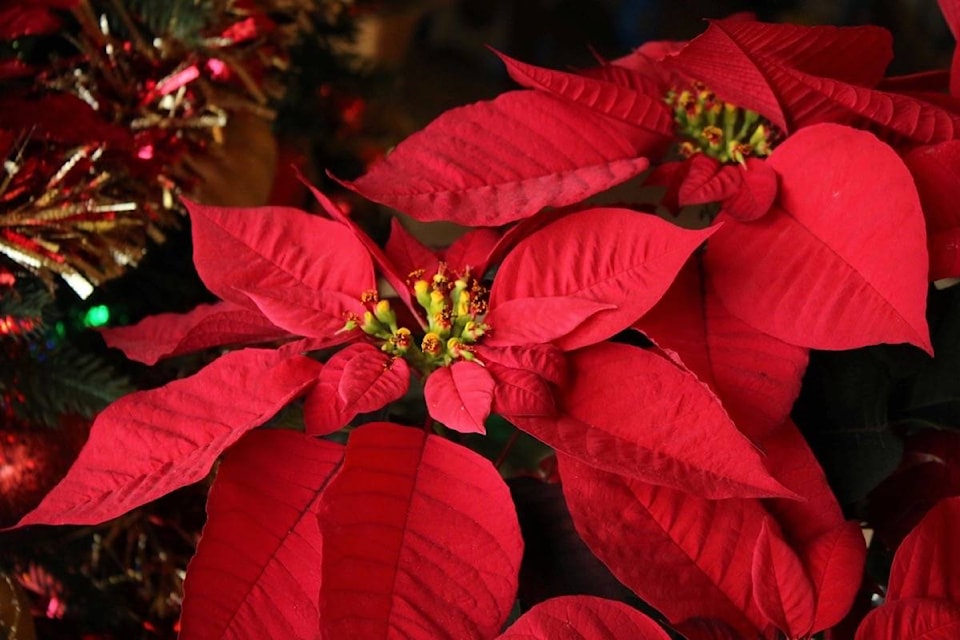If you are like me, you received a poinsettia as a Christmas gift and are now looking at it, wondering what to do.
I have to admit; I have never been able to survive a poinsettia.
Every year I receive one, and every year come mid-January it has lost all of its leaves and is looking miserable. I have gotten them in their own pot and in a planter. It doesn’t matter what I do, they die. If they are in a planter everything else survives but the poinsettia just looks at me and drops all of its leaves.
Thinking it might be too cold or too dark at my house, I brought them to my office, but I have had no luck. You might be thinking, “Why even try?” Well, besides loving plants, of course, having indoor plants is very beneficial for you.
It is amazing what they can do for your health.
Plants breathe opposite to us, we take in oxygen and breathe out carbon dioxide, plants take in carbon dioxide and breathe out oxygen. Plants also release moisture into the air, and increase the humidity. We always complain about how dry the air in our house is in the winter with the heat on, and indoor plants help alleviate that. A study from the University of Norway showed that an increase of humidity from plants also decreases the incidence of dry skin, colds, sore throats and dry coughs.
As a bonus, plants have also been shown to remove toxins like formaldehyde and benzene from the air.
In some studies, having indoor plants in hospitals has been shown to decrease the amount of pain medication required by patients, and to lower heart rates and blood pressure, which allows patients to go home sooner. Several studies have shown that workplaces that have indoor plants have less reports of fatigue, colds, headaches, coughs, sore throats and flu-like symptoms.
Studies have also determined how many plants you should have. They recommend one 6 to 8-inch diameter pot or two 4 to 5-inch pots for every 100 square feet.
So now that you know why you should grow indoor plants, the question to answer is “how?”
Plants need light, so a south, east or west-facing window is perfect. Most indoor plants are tropical plants, so they don’t like rooms that are very cold.
The most common cause of plant death is over-watering. As a rule, water only when dry, which means about once a week. With my smaller plants, I bring them to the sink and allow them to soak up the water for half an hour before removing them and placing them back. This way I know that they are watered and they are not sitting in a saucer of water allowing the roots to rot. I also recommend using an all-purpose fertilizer once a month.
If you kill your poinsettia, don’t worry. There are a lot of other plants that are easier to grow such as jade plants, philodendrons, dieffenbachia, or spider plants.
Nancy Kramer is president of the Cloverdale Garden Club. The next garden club meeting is Thursday, Jan. 11, from 7:15—9:15 p.m. at Don Christian Recreation Centre (6220 184 Street).
